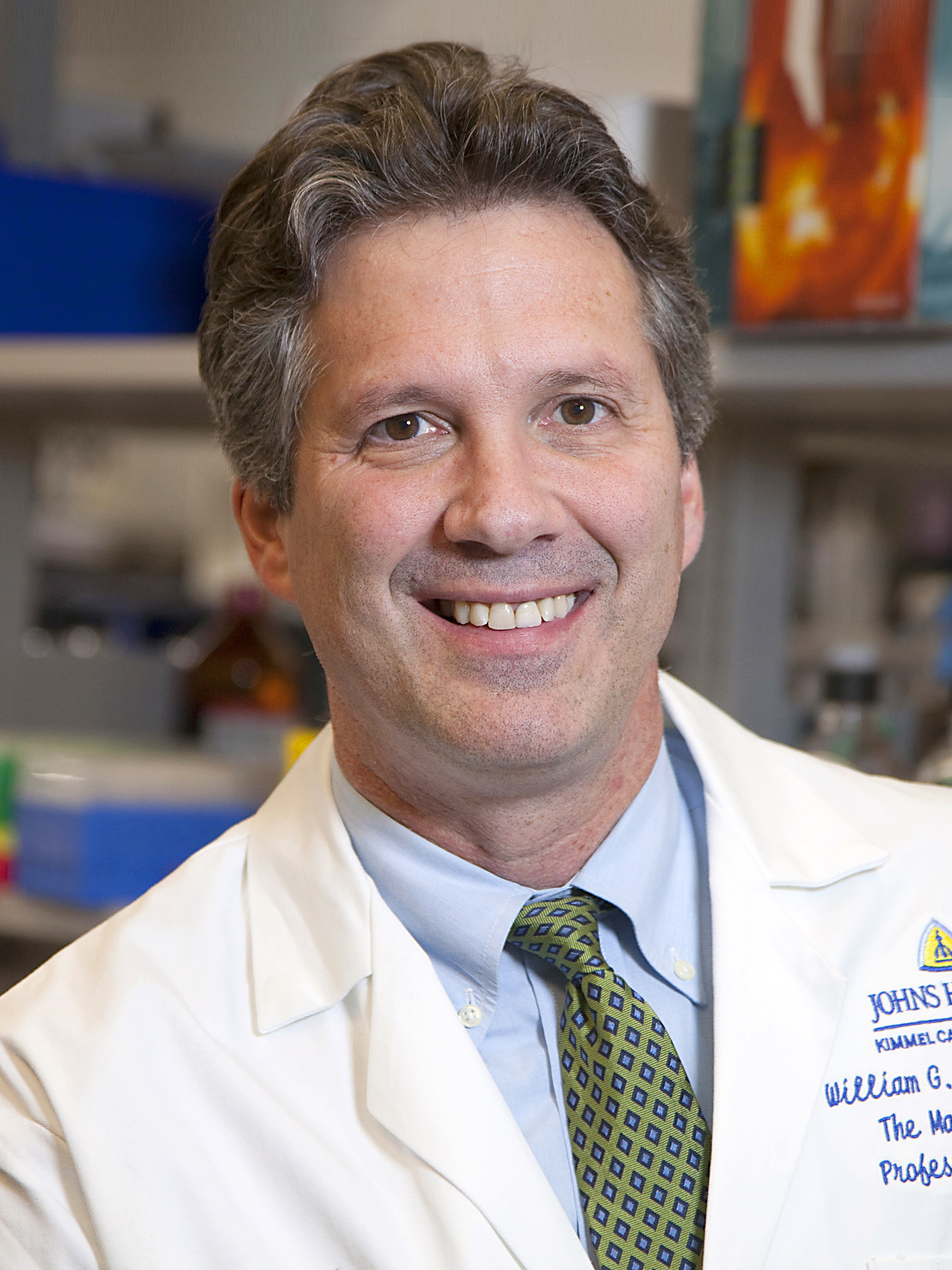
William G. Nelson, MD, PhD Photo by Joe Rubino
NARRATIVES OF SCIENTIFIC DISCOVERY have traditionally emphasized the creativity of individual researchers who think about problems differently than their predecessors. Individual credit for discovery has been the currency of science, forming the basis for awards and prizes, academic career advancement, funds granted for research, and patents allowing commercial product development.
Disputes over credit have been common: The controversy over which 17th-century mathematician, Isaac Newton or Gottfried Leibniz, invented calculus has not been fully resolved to this day. Most attempts at adjudicating credit have not been successful, to the extent that University of Chicago statistician Stephen Stigler has argued that “no scientific discovery is named after its original discoverer” (called Stigler’s Law).
In 1993, Jon R. Katzenbach and Douglas K. Smith authored The Wisdom of Teams, a collection of observations and insights into how high-performance teams can be assembled and managed. Key elements for effective teams include a compelling purpose, a manageable size, realistic and measurable goals, a diversity of skills and open communications. The best team leaders articulate and clarify overarching objectives and tactics, build confidence among team members, ensure the right mix of skills and perspectives, and provide opportunities and give credit to the team rather than to themselves. The essential foundation of an effective team is its orientation toward achieving its objectives. Building a team for the sake of having a team doesn’t work very well.
Many of the principles elaborated in the book are applicable to team science for cancer research. There may be no more inspiring motivation for a scientific team than improving cancer outcomes, a goal that can be readily assessed. As for skills, biomedicine now encompasses deep expertise in wide-ranging disciplines—chemical and structural biology, epidemiology and behavioral science, clinical practice and clinical research—that can be brought together to tackle the cancer problem. The best cancer research teams have leaders who persuasively describe an aspirational vision and a convincing scientific approach, attract members from different disciplines and ensure that each member is assigned credit for his or her unique contributions. Cancer research teams brought together without a defined performance objective or a committed leader function poorly.
Despite the successes of several cancer research teams, many researchers are reluctant to participate fully in team science, worrying that they might lose their individual scientific identity. One concern is that academic institutions might be biased against team science by supporting promotion and tenure pathways that emphasize individual metrics of credit (number of papers published as first or last author, number of grants held as principal investigator, etc.). Such institutions might favor researchers who are able to out-compete researchers at other institutions for federal and foundation funds. This type of competition for credit is poorly adapted to scientific teams, creating barriers that need to be removed to allow team science to flourish.
Overcoming structural impediments to effective cancer team science has been one rationale for an extraordinary partnership between the American Association for Cancer Research (AACR) and Stand Up To Cancer (SU2C). (The AACR publishes Cancer Today.) Using a rallying cry of “collaboration not competition,” SU2C has raised and awarded millions of dollars to 22 Dream Teams since 2008. These teams have been identified through a review process managed by the AACR in its role as Scientific Partner for SU2C. Dream Teams built around bold objectives have attracted some of the best scientific talent from different institutions and have greatly accelerated progress against cancer. Hopefully, these successes will catalyze a needed transformation in academic biomedical science to reward and credit researchers contributing to the teams that will ultimately build a future without cancer.
Cancer Today magazine is free to cancer patients, survivors and caregivers who live in the U.S. Subscribe here to receive four issues per year.




